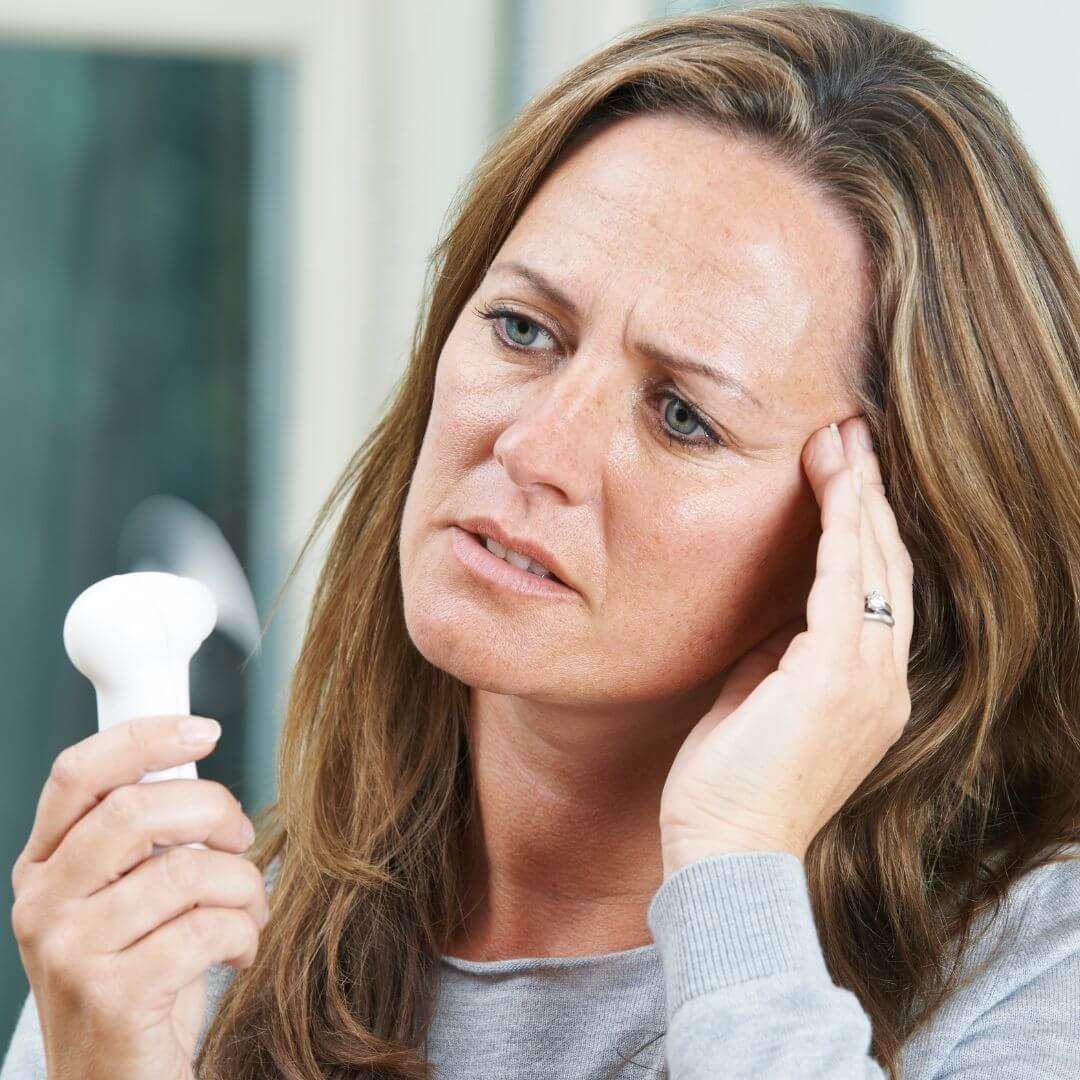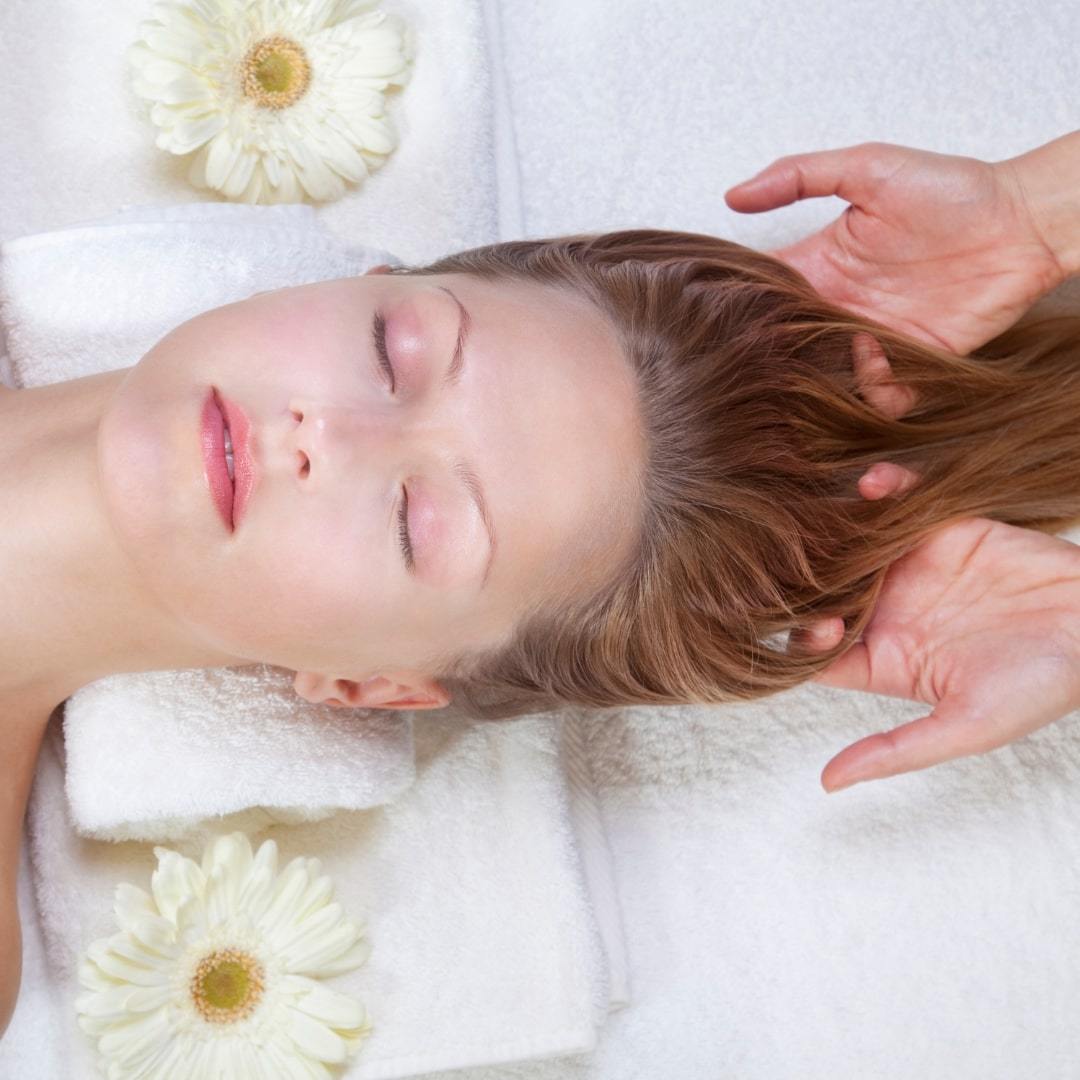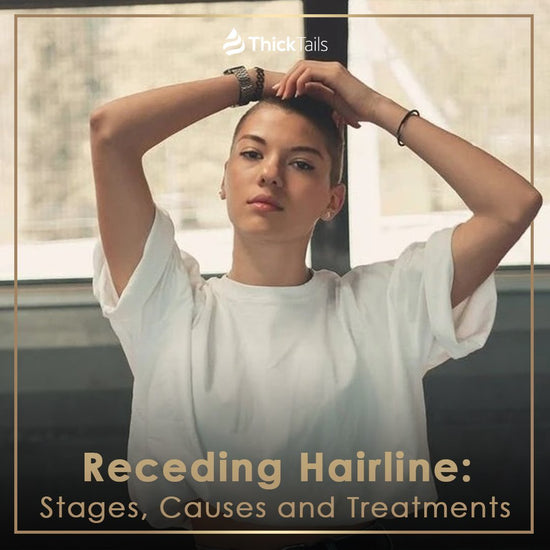Attention, gentlemen! Are you experiencing a sudden loss of hair around your temples and forehead? Do you find yourself constantly checking the mirror for signs of a receding hairline? If so, then you are not alone. The receding hairline phenomenon is something that affects many men as they age, but it can also be seen in younger individuals due to genetic factors or certain lifestyle choices. In this blog post, we will explore the causes behind this common issue and provide some tips on how to handle it with grace and confidence. So grab a chair and let's dive into the world of receding hairlines together.
I. Understanding the Receding Hairline Phenomenon

Hair loss is a common phenomenon among men, and one of the most common types is receding hairline. This condition is a result of genetics, hormones, and age-related factors. The hairline recedes from the forehead and may lead to baldness in some cases. Understanding what causes the receding hairline phenomenon is key to finding an effective solution. While there are several options for treating hair loss, it's important to consult a dermatologist or hair specialist to find the best course of action. There are many possible options, from hair transplantation to medications, but it's crucial to approach hair loss treatment with a realistic mindset. By educating ourselves, we can take the necessary steps to tackle this common issue and regain our confidence.
a. Causes of Receding Hairline: Exploring Factors Behind Hairline Recession
A receding hairline is a condition that can affect both men and women, with various factors contributing to its onset. One of the leading causes is genetics - studies have shown that a family history of hair loss can increase one's chances of suffering from baldness. Other factors that can contribute to a receding hairline include hormonal imbalances, age, stress, and certain medical conditions. While hair loss is a common occurrence among adults, it can have a significant impact on self-esteem and confidence. By exploring the various causes behind hairline recession, we can better understand the condition and take the necessary steps to manage it.
b. Recognizing Symptoms: Identifying Signs of a Receding Hairline
Hair loss is a common issue among men. It's not just about the inconvenience of losing hair, but it can also affect their confidence and self-esteem. If you're noticing that your hairline is starting to recede, it's important to identify the signs and seek advice from a medical professional. Some of the symptoms you may experience include thinning hair on the crown of your head or at the front of your scalp, a receding hairline, or a widening part. These symptoms can occur gradually or quickly, and there are several factors that can contribute to hair loss in men, such as genetics, stress, and certain medical conditions. Learning to recognize these symptoms and seeking professional help early on can help you regain your hairline and prevent further hair loss.
c. Lesser-Known Facts: Surprising Insights into the Receding Hairline Phenomenon
The receding hairline phenomenon is a common concern for many individuals, particularly men. While it is often viewed as a sign of aging, there are a plethora of lesser-known facts surrounding this issue. For example, did you know that male pattern baldness affects roughly 50 million men in the United States alone? Or that a receding hairline can be caused by genetics, hormones, and even stress? In fact, research suggests that stress-induced hair loss can occur in as little as three months. Additionally, there are a variety of treatment options available, ranging from medication to hair restoration surgery. By educating ourselves on the lesser-known facts surrounding receding hairlines, we can better understand and address this common concern.
II. Treatment Options for Receding Hairline
A receding hairline can be a distressing experience for many people. Fortunately, there are several treatment options available to help you deal with this condition. One such option is medication, which can be used to either slow down or even stop hair loss. Medications like minoxidil and finasteride have been shown to work effectively for this purpose. Another treatment option is hair transplantation, which involves moving hair from one part of the scalp to another. Hair transplantation is a permanent solution and can provide good results for those who choose this option. Additionally, some people opt for scalp micropigmentation, which involves tattooing the scalp to create the appearance of hair follicles. Whatever your choice, it's important to consult with a medical professional to determine the best course of action for managing your receding hairline.
a. Medical Treatments: Prescription Medications for Hairline Recession
Hairline recession is a common issue that affects many men and women. Fortunately, there are prescription medications available that can help. These medications work by reducing the levels of a hormone called dihydrotestosterone, or DHT, which is thought to contribute to hair loss. However, it is important to note that these medications are not a quick fix and may take several months to show results. Additionally, using specially formulated shampoo and conditioner, as well as a serum, can also help to nourish and strengthen the hair. If you are experiencing hairline recession, speak with your healthcare provider about prescription medication options and other hair care strategies that may help.
b. Natural Remedies: Herbal and Homeopathic Treatments for Hairline Recession
Hairline recession is a common problem that many men and women face. Fortunately, there are natural remedies available that can help promote hair growth and reverse the effects of hairline recession. Herbal treatments such as aloe vera, saw palmetto, and ginseng have been shown to be effective in promoting hair growth. Additionally, homeopathic remedies such as onion juice and coconut oil can help nourish the scalp and stimulate hair growth. It's important to note that using the right shampoo and conditioner is also crucial in promoting hair growth. Look for products that contain natural ingredients such as rosemary and peppermint. Lastly, using a serum that contains biotin and keratin can also help strengthen hair and prevent further hairline recession. By incorporating natural remedies into your hair care routine, you can take steps towards reversing hairline recession and promoting healthy hair growth.
c. Lifestyle Changes: How Lifestyle Adjustments Can Impact Hairline Recession
Many people don't realize that their daily habits and lifestyle choices can have a significant impact on hairline recession. Factors such as poor nutrition, stress, and smoking can all contribute to hair loss and a receding hairline. Making small adjustments to your lifestyle, such as incorporating nutritious foods into your diet, practicing stress-reducing techniques like meditation or yoga, and quitting smoking can all work together to improve the health of your hair. Additionally, protecting your hair from harsh chemicals and heat styling can also help to prevent damage and promote growth. By understanding how lifestyle changes can impact the health of your hairline, you can take steps to improve its appearance and overall health.
III. Managing Receding Hairline

Hair loss is a common problem among both men and women, and receding hairlines can be especially distressing. But before you start panicking or considering drastic measures, it's important to understand what causes hair loss and what steps you can take to manage it. Various factors can contribute to a receding hairline, including genetics, age, stress, hormones, and certain medical conditions. Depending on the underlying cause, you may be able to slow down or even reverse your hair loss through lifestyle changes, medication, or hair restoration treatments. With a bit of patience and diligence, you can stay ahead of your receding hairline and achieve a confident, healthy-looking head of hair.
a. Hair Care Tips: Managing a Receding Hairline with Proper Hair Care
A receding hairline can be a frustrating issue for many men, but with the right hair care tips, it can be managed effectively. Start with the basics by using a shampoo and conditioner specifically formulated for thinning hair. These products can help to strengthen and nourish your hair, reducing breakage and encouraging growth. Additionally, incorporating a serum into your routine can provide extra nourishment and moisture to your scalp and hair follicles. It's important to remember that consistency is key; implementing these hair care tips into your daily routine can make a significant difference in managing your receding hairline.
b. Styling Solutions: Hairstyles and Techniques to Conceal a Receding Hairline
For many men, a receding hairline can be a difficult and frustrating reality to face. Fortunately, there are a variety of hairstyles and techniques that can help to conceal this issue and boost confidence levels. One option is to try a shorter haircut that is styled forward to cover the hairline, such as a buzz cut or crew cut. For those who want to keep longer hair, a side-swept hairstyle can also be effective in camouflaging the hairline. Additionally, certain hair products and techniques such as blow-drying and hair fibers can help to create texture and volume, further hiding a receding hairline. By experimenting with different styling solutions, men can find the right look to suit their individual needs and preferences.
c. Expert Advice: Tips and Recommendations from Hair Care Professionals
Taking care of our hair is an important part of our daily routine. But with so many products and techniques out there, it can be overwhelming to figure out what works best for your hair type. That's where hair care professionals come in. They have the expertise to give you tips and recommendations tailored to your specific needs, whether it's picking the right shampoo and conditioner, finding the perfect styling products, or developing a healthy hair care routine. With their help, you can achieve healthy, shiny, and beautiful hair that you're proud to show off. So don't hesitate to seek out expert advice and take your hair care game to the next level. In conclusion, understanding the receding hairline phenomenon is crucial for anyone experiencing hairline recession. By exploring the various factors that can cause a receding hairline and identifying its symptoms, we can better understand the condition and take necessary steps towards managing it. Whether it's through medical treatments such as prescription medications, natural remedies like herbal and homeopathic options, or simple lifestyle changes, there are numerous ways to address a receding hairline. And don't forget about proper hair care and styling solutions, which can go a long way in concealing a receding hairline and boosting confidence. Remember to seek advice from professionals and conduct your own research to find what works best for you. Take control of your hair health and embrace all the tips and knowledge presented in this blog post to manage your receding hairline effectively. Don't let it define you; instead, use it as an opportunity for growth and self-care. Start implementing these methods today and discover how you can confidently deal with a receding hairline. So go ahead and take the first step towards healthier, happier hair!














